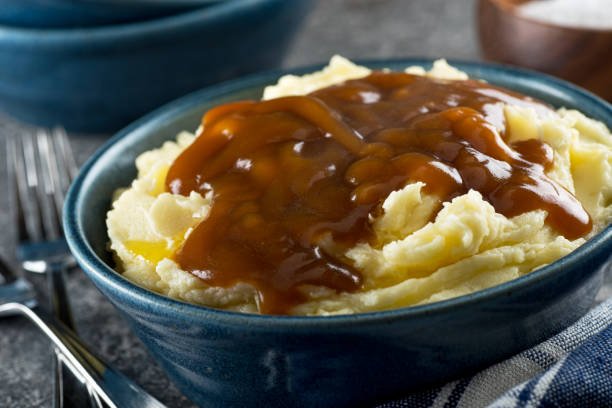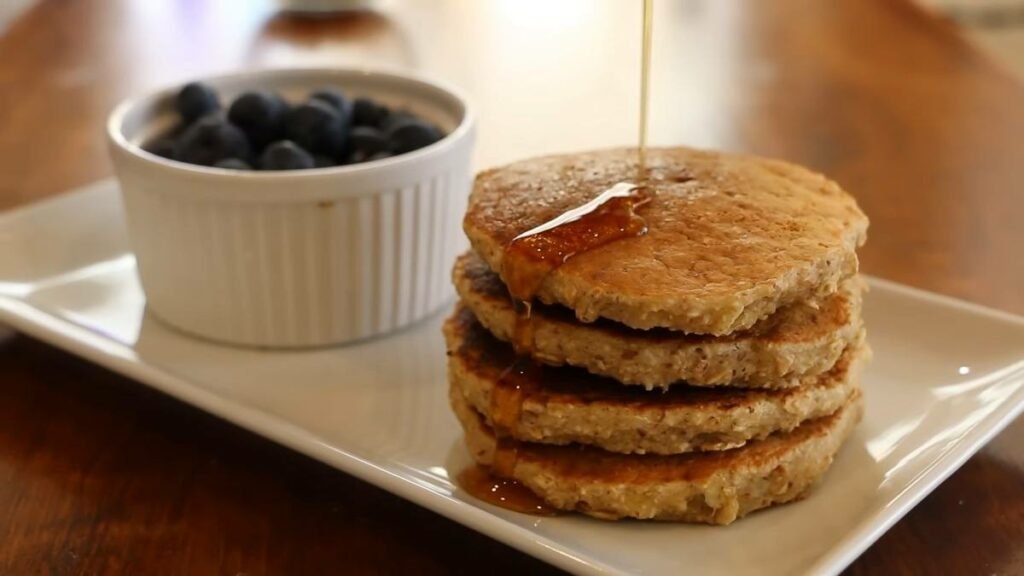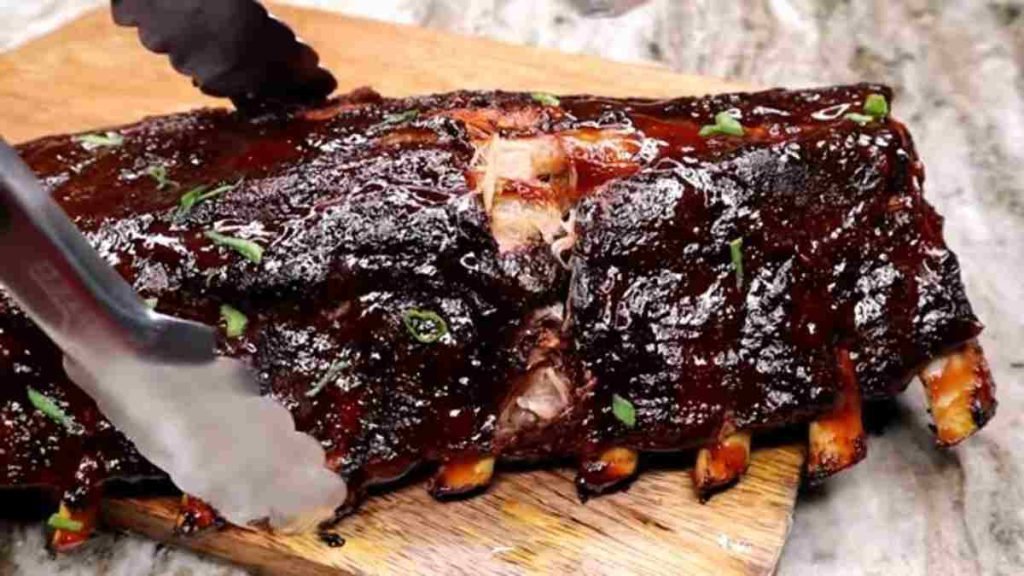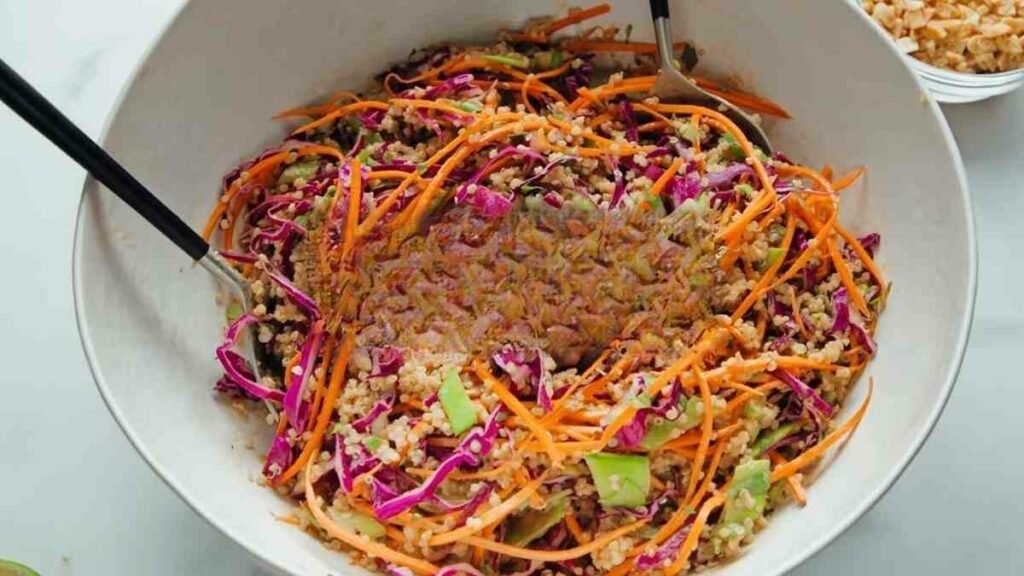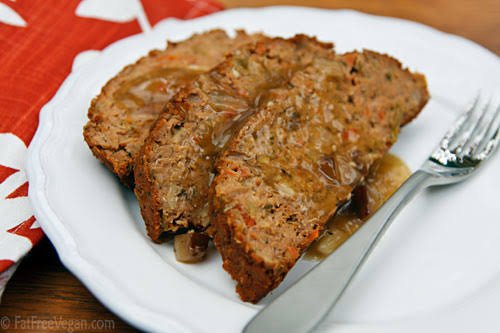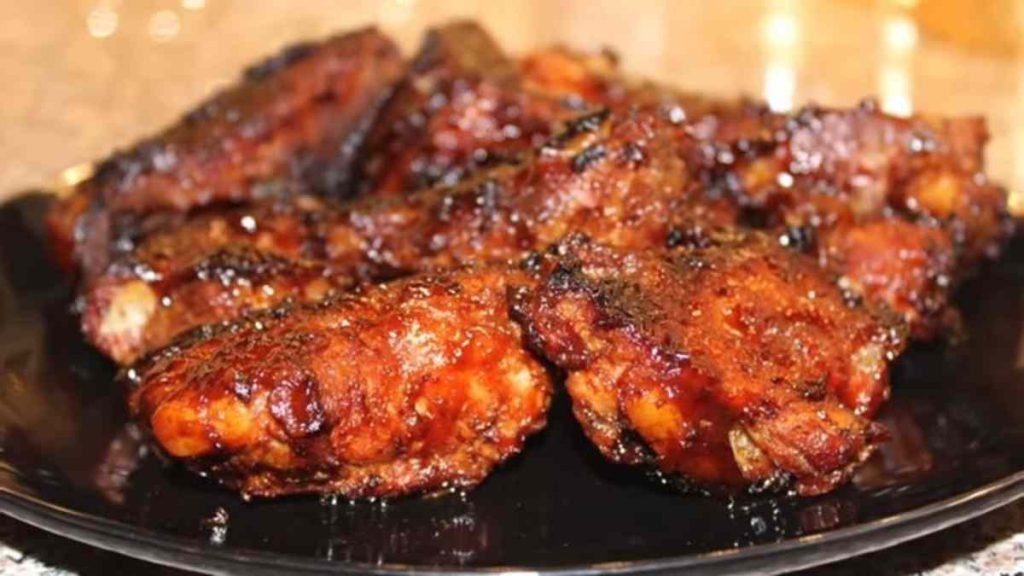Cooking a whole chicken on a stove may seem daunting for many, but it can be a simple and delicious way to prepare this versatile protein. Whether you’re cooking for a family dinner or meal prepping for the week ahead, knowing how long to cook a whole chicken on a stove can make all the difference in achieving tender, juicy meat that’s full of flavor.
The cooking time for a whole chicken on a stove depends on the size of your chicken and how hot your stove is. If you’re using an electric range, it will be slower than if you were using gas. The chicken should be done when its internal temperature reaches 165F (74C).
If you want to check for doneness without opening the oven, insert an instant-read meat thermometer into one of the breasts or thighs. When it reaches 165F (74C), immediately remove it from heat.
If you’re using an electric oven, preheat it to 325F (163C). If you’re using a gas oven, preheat it to 375F (191C). Ensure the rack is in the center position and place your chicken on it. Cook for 20 minutes per pound of meat.
How Can I Cook a Whole Chicken on the Stove?
Cooking a whole chicken on the stove can be a great way to prepare a delicious meal that is both savory and satisfying. This cooking method can be done quickly and easily, making it perfect for busy weeknights when you don’t have much time to spend in the kitchen.
Step 1: Prep the chicken
Before you start cooking the chicken, you need to prep it. Start by removing any giblets and excess fat from the cavity. Rinse the chicken thoroughly inside and out with cold water and pat dry with paper towels.
If you have time, season the chicken with salt and pepper or your favorite seasoning blend and let it sit in the fridge for a few hours or overnight.
Step 2: Sear the chicken
To add flavor and color to the chicken, sear it on the stove before simmering it. Heat a large skillet or Dutch oven over medium-high heat and add a tablespoon of oil. Once the oil is hot, place the chicken in the skillet, breast-side down.
Sear the chicken for 5-7 minutes until the skin is golden brown. Flip the chicken over and sear the other side for 5-7 minutes.
Step 3: Simmer the chicken
After searing the chicken, reduce the heat to low and add enough liquid to cover the chicken about 2/3 of the way up. You can use water, chicken broth, wine, or a combination of liquids. Add some herbs and vegetables to the pot to flavor the liquid and the chicken. Some popular choices include thyme, rosemary, garlic, onions, carrots, and celery.
Cover the pot with a lid and let the chicken simmer gently for about 1 hour and 30 minutes or until the internal temperature of the chicken reaches 165°F. You can check the temperature with a meat thermometer inserted into the thickest part of the thigh without touching the bone.
Step 4: Rest and Serve
Once the chicken is cooked, please remove it from the pot and let it rest for about 10 minutes before carving. This will allow the juices to redistribute and the chicken to be more tender.
Serve the chicken with some cooking liquid and vegetables or make a gravy with the liquid.
What temperature should I use for cooking a whole chicken on the stove?
You will need to use a thermometer to check the temperature of the chicken. A low heat setting is recommended for cooking a whole chicken on the stove, as this reduces the risk of burning or overcooking it.
Cooking times can vary depending on how big your chicken is, but generally speaking, it should take around 1 hour per pound (2 hours per kilogram) at 250 degrees F (121 degrees C).
It’s important to use a thermometer to check the internal temperature of your chicken. A low heat setting is recommended for cooking a whole chicken on the stove, as this reduces the risk of burning or overcooking it.
Should I cover the pot when cooking a whole chicken on the stove?
Covering the pot is good if you cook a whole chicken on the stove. This will help keep moisture in and prevent your chicken from drying out. If you don’t cover the pot, frequently baste with butter or olive oil, so your bird doesn’t dry out as it cooks (it also adds flavor).
If you choose to use aluminum foil and a lid for extra protection against burning and drying out, check on them more often than if there were just one layer of protection between heat and meat.
How do I know when a whole chicken is cooked through on the stove?
If you’re cooking a whole chicken in the oven, you can use the same visual cues to tell when it’s done: juices should run clear, and the skin will be golden brown. But if you’re using a stovetop method, it may be difficult to check for doneness without cutting into your bird. If this is the case for you (and if your chicken isn’t thawed), try using a fork to test whether or not it is ready by poking at one of its legs or thighs, the meat should feel firm but springy when pressed down with tongs or fingers.
The best way to figure out how long it takes for your particular recipe depends on how big/small your bird is, what kind of pan(s) are being used, whether any other ingredients besides meat, etc.
Can I cook a frozen whole chicken on the stove?
You can cook a whole frozen chicken on the stove. However, you must increase the cooking time by about 25%. This is because it takes longer for heat to penetrate through the center of a large piece of meat than with smaller pieces.
It’s also important to use a meat thermometer while cooking to check that your chicken has reached an internal temperature of 165 degrees F (74 degrees C).
How often should I flip the whole chicken while cooking it on the stove?
Flip the chicken every 15 minutes or when juices pop up through the skin. If you’re flipping too often and burning yourself, buy a pair of tongs to help you flip without getting burned.
You may have heard that it’s okay to cook chicken at high temperatures for longer periods, so it doesn’t dry out–but this isn’t true. If anything, cooking at lower temperatures will produce juicier results than cooking at higher temperatures for less time.
If you’re unsure whether your chicken is cooked through, stick a sharp knife into the thickest part of the meat and look at the juices that come out. If they’re clear, it’s time to take the chicken off the heat.
How long should I let the cooked chicken rest before carving it?
After cooking your chicken, it’s important to let the meat rest before carving. This will allow the juices inside the bird to settle before you slice into it. If you don’t let the cooked chicken rest long enough when you cut into it and begin eating, all of those delicious juices will run out onto your plate or cutting board and make for a very dry piece of poultry.
On top of that, if you let too much time pass between cooking and carving–say 15 minutes or more. By then, everything will have cooled considerably and become less flavorful than if served hot straight out of the oven with delicious sides like mashed potatoes or broccoli casserole (or whatever else might tickle your fancy).

Cooking a Whole Chicken on a Stove Recipe
Ingredients
- 1 whole chicken (about 4 to 5 pounds)
- 2 tablespoons of olive oil or butter
- 1 onion, chopped
- 2 garlic cloves, minced
- 1 teaspoon of dried thyme
- 1 teaspoon of dried rosemary
- 1 teaspoon of salt
- 1/2 teaspoon of black pepper
- 1 cup of chicken broth or water
- 1 tablespoon of lemon juice
Instructions
- Before you start cooking the chicken, you need to prep it. Start by removing any giblets and excess fat from the cavity. Rinse the chicken thoroughly inside and out with cold water and pat dry with paper towels.
- To add flavor and color to the chicken, sear it on the stove before simmering it. Heat a large skillet or Dutch oven over medium-high heat and add a tablespoon of oil. Once the oil is hot, place the chicken in the skillet, breast-side down.
- Sear the chicken for 5-7 minutes until the skin is golden brown. Flip the chicken over and sear the other side for 5-7 minutes.
- After searing the chicken, reduce the heat to low and add enough liquid to cover the chicken about 2/3 of the way up. You can use water, chicken broth, wine, or a combination of liquids.
- Add some herbs and vegetables to the pot to flavor the liquid and the chicken. Some popular choices include thyme, rosemary, garlic, onions, carrots, and celery.
- Cover the pot with a lid and let the chicken simmer gently for about 1 hour and 30 minutes or until the internal temperature of the chicken reaches 165°F. You can check the temperature with a meat thermometer inserted into the thickest part of the thigh without touching the bone.
- Once the chicken is cooked, please remove it from the pot and let it rest for about 10 minutes before carving. This will allow the juices to redistribute and the chicken to be more tender.
- Serve the chicken with some cooking liquid and vegetables or make a gravy with the liquid.
Video
Conclusion
The cooking time for a whole chicken on a stove can vary depending on the size of the chicken, the type of stove, and other factors. But generally, you can expect to cook a 3-4 pound chicken for around 1 to 1.5 hours over low heat. It’s important to use a meat thermometer to check the internal temperature of the chicken, which should reach at least 165°F (74°C) in the thickest part of the bird.
If you’re unsure about the cooking time or temperature, it’s best to consult a reliable recipe or seek advice from a professional chef.





